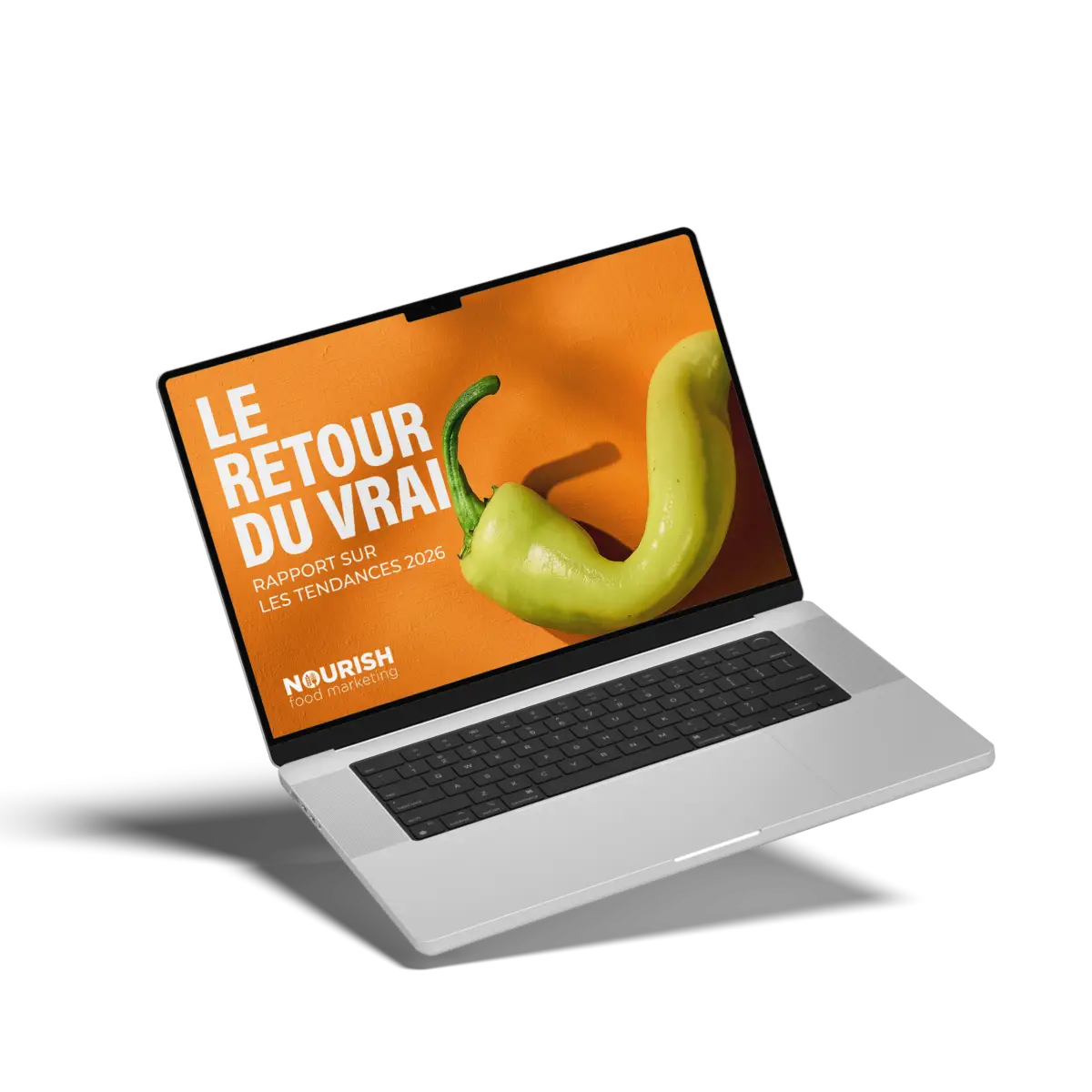To put it mildly, we live in interesting and rapidly changing times. (I wonder how many of you are reading this during a mandated work-from-home period?) In response to the global spread of the coronavirus, the world is acting in concert in a way previously unknown. We will get through this by working together (ironic, I know, in these days of ‘social distancing’). But, once things go “back to normal,” what will that new normal be?
New Habits Could Replace Established Behaviours at Home and in Grocery
People still need to eat, but how and where they do will shift. For now, pantry-loading is on the rise, and eating out is shifting to ordering in. Sales of frozen entrees and proteins, as well as shelf-stable soups, proteins, and powdered milk should get a boost. With people stuck at home and having restricted living conditions for the next few weeks, could we see possible resurgences in eating at home and scratch cooking? And with more time on their hands, could cooking as a hobby become cooking as a habit?
During times of crisis, we take comfort in comfort food. Cooking and baking become therapeutic. (I’m not a baker, and I baked banana bread on the weekend!) But once this crisis is over, food with a function should go back to being viewed by consumers as the first line of defence. Will foods that boost immune systems see a bump in consumer interest going forward?
In the short-term, sustainability will take a hit as those disposable single-use plastics, while worse for planet health, will be better for personal health and safety. We already see more disposable single-use cutlery, and retailers and foodservice that encouraged Bring Your Own Container programs are now suspending them due to concerns for their workers’ health. Longer-term, consumers may feel safer using their own containers, but there will have to be proper protocols in place for those frontline employees filling the items.
Coronavirus and Self-isolation may Change the Landscape in Foodservice
With the self-serve, all-you-can-eat model already regarded with increasing skepticism, will we ever look at restaurant buffets the same way? Will consumers order even more food in, or will the share of stomach shift back to Grocery? Already, some QSRs are moving to delivery and drive-thru service only.
As we covered in the 2018 Nourish Trend Report (and we continue to observe), the demand for transparency in foodservice, CPGs, and the food supply chain has grown with consumers. We may see this begin to extend to how well companies treat their employees during times of crisis. Do companies allow paid sick leave for their hourly workers? Does the gig delivery economy provide enough of a social safety net, or does it start moving to more of a collective, unionized model?
Major food trade shows and events have been delayed, and budding entrepreneurs’ dreams along with them. Many of these entrepreneurs rely on such shows as a cost-effective way of introducing their new products to potential retailers and distributors. Sample products were produced for Expo West and SIAL (now delayed until August) without any cash coming in. The financial effects of coronavirus could be crippling.
What Short- and Long-term Impacts Can We Expect On Consumer Behaviour?
In-store sampling has been suspended, and self-serve areas (such as olive bars and buffets) changed. Will shoppers trust unpackaged food samples in the future? There’s already been a bump to online ordering, to click-and-collect and grocery delivery; Instacart reports a ten-fold increase in sales across North America since the beginning of March. Will this be the event that pushes online grocery shopping to higher levels, including categories like fresh that have resisted the overall trend to online?
Seniors have been especially slow to adopt new online ordering and apps. With this group being most at risk from the coronavirus, will they finally start using these time- and potentially life-saving technologies, perhaps with help from their more tech-savvy children and grandchildren?
Will we want to wipe down every shopping cart before use and every self-check-out screen? Will consumers stop using that dirty thing called cash in favour of tap with a credit card or NFC with their phones? Some QSRs and coffee shops are currently not accepting cash to keep their front of house staff safe.
Ripples are Already Spreading Across the Food Ecosystem
It’s human nature to seek to assign blame in times of crisis, deserved or not. Will consumers move away en masse from food goods imported from China? Chinese food restaurants have already been disproportionately affected.
Let’s take it back from the fork to the field. Many North American farms rely on migrant labour during the peak seasons. As borders harden, who will plant and harvest the produce we all enjoy?
Our connectedness is good and bad - will the global impact of the coronavirus crisis transfer to other issues like climate change? After being asked to think and make decisions based on the greater community impact, will we start thinking about the collective good concerning other issues going forward?
What we’ve seen in the past is, after a spike in behaviour, things never go back to the previous baseline level. Some of the changes in behaviour and thinking will become a legacy effect.
Stay calm, stay healthy, and be kind to each other. And go wash those hands!
